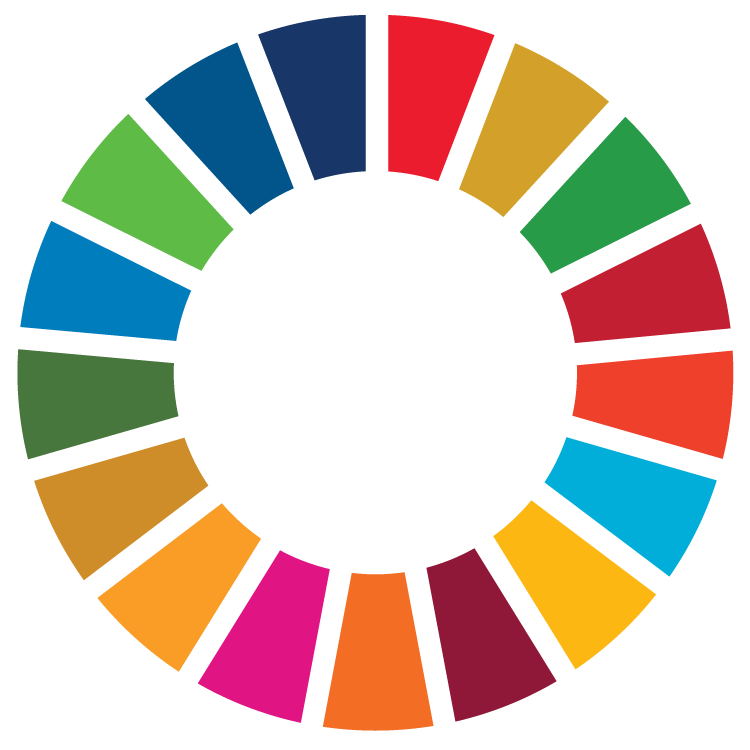Strengthening institutional capacity for the implementation of the Basel, Rotterdam, Stockholm and Minamata Convention and SAICM
Breaking Barriers:
Strengthening Chemical Management in the Dominican Republic
The Challenge
In 2016, when it applied for funding from the Special Programme, the Dominican Republic had challenges implementing global conventions on chemical and waste management. The country with over 11 million people had no database to track the use and movement of chemicals into and out of the country. Additionally, the Dominican Republic did not have enough trained personnel to manage these hazardous chemicals and waste. At the cross-sector level, coordination was lacking, with no chemical or waste management policy in place.
The Project
The Ministry of Environment and Natural Resources, with support from the UNEP Special Programme, started a 2-year project in January 2018 to address these challenges. The project’s breadth covered building capacity, improving coordination, adopting a national plan to deal with chemical emergencies, updating regulations, and creating an import and export database for chemicals.
The Impact
The people of the Dominican Republic are at significantly less risk now, thanks to the success of this project. The Director General of Customs and other government institutions created a “one-stop-shop” system that not only has a database of chemicals, but also records all chemical imports and exports across the borders. Staff from the Department of Hazardous Substances of the Environmental Quality Directorate are now equipped to use this system thanks to an intensive training program. The department also successfully rolled out an emergency response training program in coordination with other governmental institutions. Coordination is also stronger now. The project supported the creation of a coordination mechanism to respond to chemical emergencies, with each entity’s roles and responsibilities clearly defined.
At the policy level, the “National Emergency Plan with Chemical, Biological, Radiological, Nuclear, and Explosive (CBRNE) Substances” was proposed and adopted. The plan is currently being implemented by the Emergency Operations Center in Collaboration with the Department of Hazardous Substances. The earlier stages of implementation involved a chemical emergency drill in 2019 to confirm that all emergency response mechanisms were up to the task. A national risk guide was also developed to manage the risk of CBRNE substances.
The project successfully updated regulations on hazardous chemicals and waste in the Dominican Republic. Through multiple stakeholder meetings and an extensive public hearing, feedback was gathered and incorporated into the updated regulations—now approved by the Ministry of Environment and Natural Resources.
Independent Assessment of the Closed Project under the Special Programme Report (December 2022): Dominican Republic
Project Story
2018 - A vision to curtail pollutants and pollution in the Dominican Republic
Project Video
PROJECT INFORMATION
Project No:
Project title: Strengthening Institutional Capacity for the Implementation of the Basel, Rotterdam, Stockholm and Minamata Convention and SAICM in Dominican Republic
Duration: January 2018–June 2020
Budget: 250,000 USD
Contributing to: 
Partnerships and counterparts: Ministry of Environment and Natural Resources of Dominican Republic





